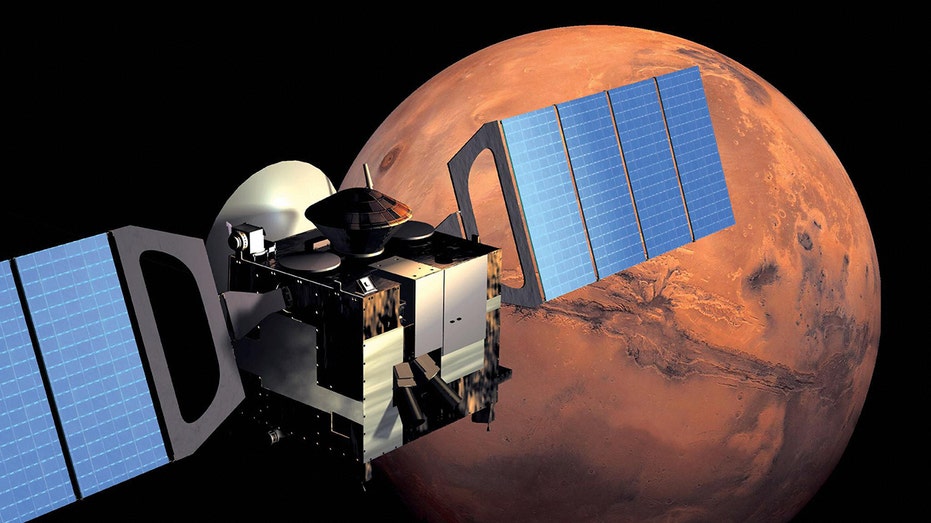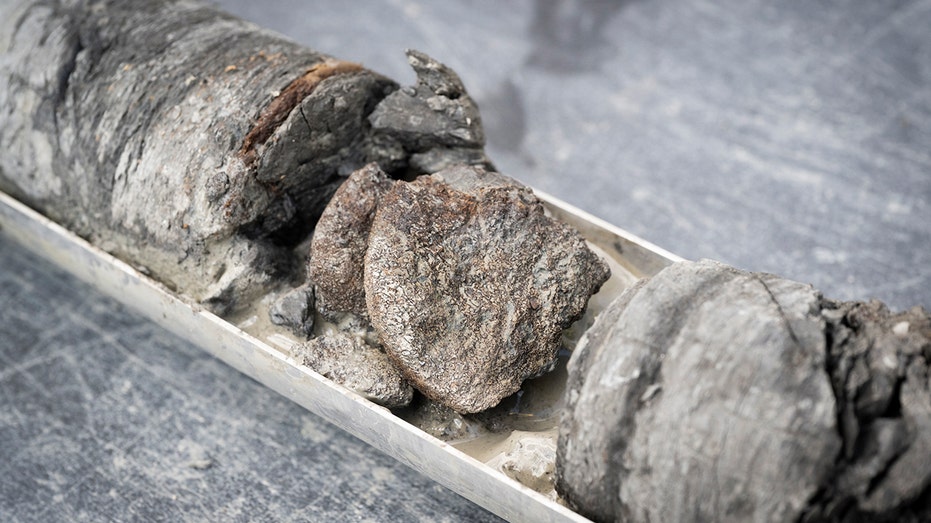Mars’ Red Color Could Be a Clue to Its Habitable Past, Study Suggests

Sarah Johnson
March 3, 2025
Brief
A new study reveals Mars' red color comes from ferrihydrite, indicating the planet once had cool, wet, and potentially habitable conditions billions of years ago.
Mars’ signature red hue might be more than just a cosmic fashion statement—it could hint at a time when the planet was cool, wet, and potentially habitable. According to a new study published in Nature Communications, the reddish tint comes from the mineral ferrihydrite, which only forms in the presence of cool water. This marks a shift from the previously held belief that hematite, another mineral, was solely responsible for Mars’ iconic color.
NASA, which partially funded the research, said the findings suggest Mars may have had an environment capable of sustaining liquid water billions of years ago, prior to transitioning into its current dry and frigid state. Let’s just say, if Mars were a party, it went from a tropical luau to an Ice Age-themed bash pretty quickly.
Using data from various Mars missions and rover observations, researchers tested how light interacts with ferrihydrite particles under simulated Martian conditions. Lead author Adam Valantinas, a postdoctoral fellow at Brown University, explained, "From our analysis, we believe ferrihydrite is everywhere in the dust and also probably in the rock formations as well." Valantinas began this study during his Ph.D. at the University of Bern in Switzerland and noted that advancements in lab techniques allowed his team to essentially recreate Martian dust here on Earth. Who knew making fake Mars dirt could be so groundbreaking?
Jack Mustard, the study's senior author and a professor at Brown, described the research as a "door-opening opportunity." He highlighted the importance of the Perseverance rover, which is currently collecting samples on Mars that could ultimately confirm these findings. "When we get those back, we can actually check and see if this is right," Mustard added. No pressure, Perseverance!
The study adds weight to the idea that Mars once had a climate vastly different from today’s frozen wasteland. Billions of years ago, the planet had abundant liquid water, and the presence of ferrihydrite in Martian dust offers further evidence of this wetter past. Geronimo Villanueva, a co-author and NASA scientist, emphasized that this research underscores the importance of international collaboration in exploring fundamental questions about our solar system and humanity’s future in space.
Valantinas pointed out that understanding ferrihydrite’s formation is key to unraveling Mars’ ancient climate and chemical processes. "Then there’s the habitability question: Was there ever life?" he asked. Spoiler alert: We don’t know yet, but the study shows oxygen and water interacted with iron to create ferrihydrite, conditions that were worlds apart from the planet’s current dry, cold environment. As Martian winds spread this dusty mineral across the surface, they painted the planet in its now-famous red tones.
In short, Mars might be red for a reason, and that reason could involve a long-lost habitable past. If these findings hold up, we’re one step closer to understanding whether the Red Planet was ever home to life—or at least a better vacation spot than it is now.
Topics
Editor's Comments
It’s fascinating how something as simple as the color red can hold clues to an entire planet’s history. Mars might’ve gone from a potential oasis to a desert, but the science here is anything but dry. Also, can we talk about how they recreated Martian dust in a lab? That’s next-level dedication!
Like this article? Share it with your friends!
If you find this article interesting, feel free to share it with your friends!
Thank you for your support! Sharing is the greatest encouragement for us.



